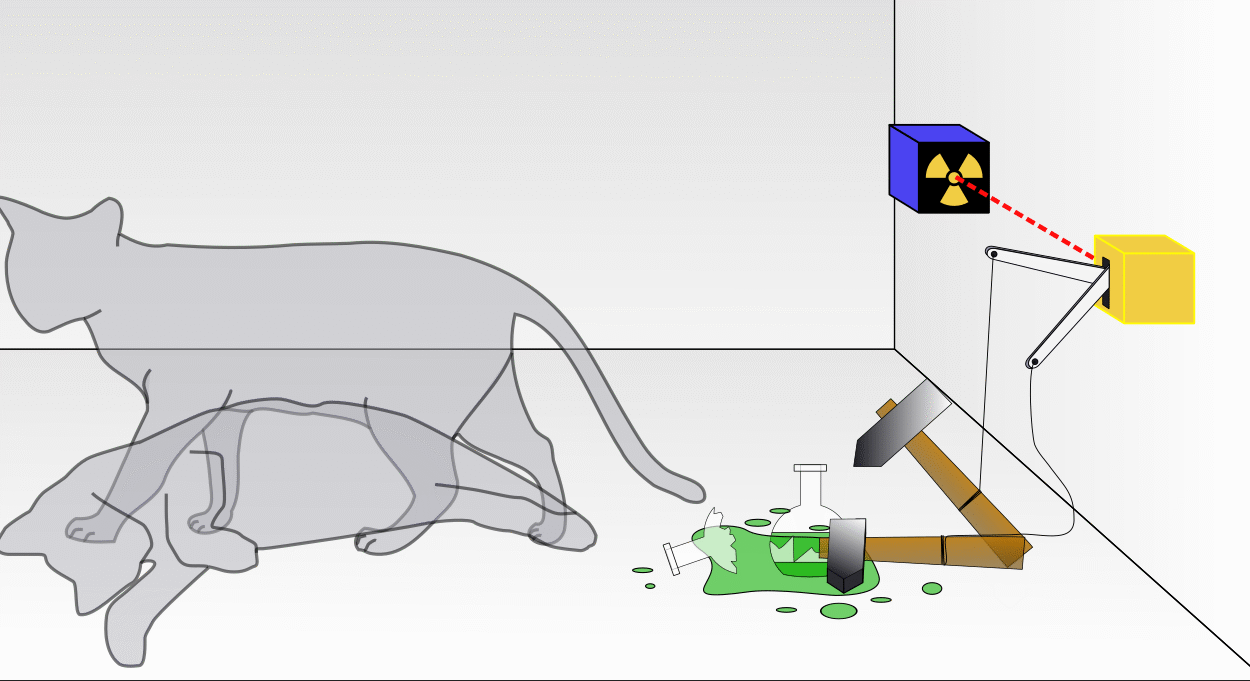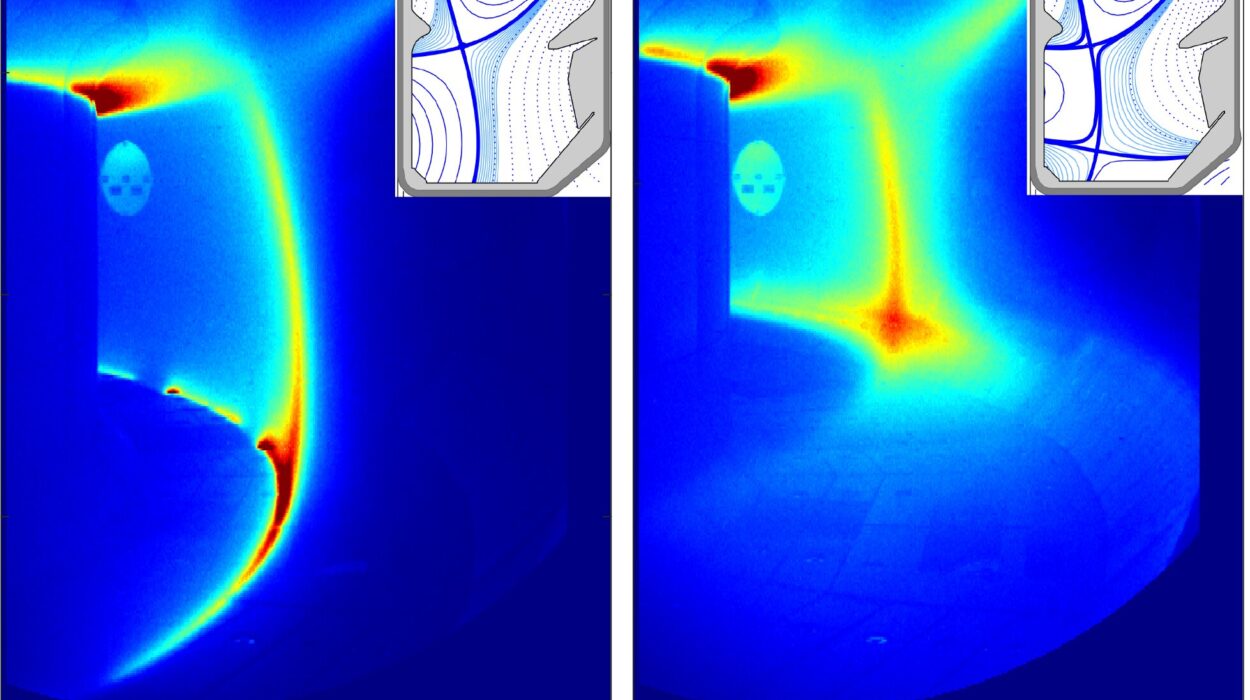Sound is more than just the music we listen to or the conversations we have. It is the whisper of a universe in motion, a dance of invisible waves that carry meaning, emotion, and energy. From the rumble of thunder that echoes across the sky to the delicate chirp of a bird at dawn, sound paints our reality with an audible texture. But what exactly is sound? What lies beneath the surface of a violin’s resonance, a child’s laughter, or the mighty roar of a rocket engine?
To understand the science of sound is to unlock one of nature’s most fundamental communication tools—a phenomenon born of vibrations, shaped by waves, and governed by the intricate laws of physics. This journey into the heart of acoustics will take us deep into the nature of vibrations and how they propagate through matter, revealing not only how sound works but also why it touches us so profoundly.
The Birth of Sound: A Matter of Vibrations
All sound begins with a vibration—a back-and-forth motion of particles in an object. Pluck a guitar string, strike a drumhead, or vocalize a word, and you set molecules into oscillatory motion. These vibrations disturb the surrounding medium, usually air, and create a chain reaction of moving particles. But these particles don’t travel far. Instead, they push and pull on neighboring molecules, setting off a domino effect.
This initial movement is called a mechanical vibration, and it’s the root of all sound. The object that vibrates can be solid, liquid, or gas, but it must possess elasticity (the ability to return to its original shape) and inertia (resistance to changes in motion). These properties determine how well an object can sustain a vibration.
The frequency of vibration—how many times it oscillates per second—determines the pitch of the sound. Low-frequency vibrations produce deep, booming sounds like a bass drum, while high-frequency vibrations create sharp, high-pitched tones like a piccolo. Frequency is measured in Hertz (Hz), named after Heinrich Hertz, the physicist who first conclusively proved the existence of electromagnetic waves.
Waves in Action: Longitudinal and Transverse Phenomena
When sound propagates through air, it travels as a longitudinal wave. This means the particles of the medium move parallel to the direction of the wave’s travel. Picture a slinky stretched between two hands. Push one end quickly toward the other, and you’ll see compressions and rarefactions moving along the coil. This is exactly how sound travels through air—compressions are regions of high pressure, and rarefactions are regions of low pressure.
In contrast, transverse waves involve particle motion perpendicular to the wave direction—like ripples on a pond. While sound typically travels as a longitudinal wave, in certain solids, it can also support transverse components. These distinctions become crucial in understanding how different materials carry sound.
The speed at which a sound wave travels depends on the medium’s density and elasticity. It moves fastest through solids, slower through liquids, and slowest through gases. For instance, sound travels approximately 343 meters per second in air at room temperature, but over 5,000 meters per second in steel. The denser molecular structure of solids provides a more efficient conduit for energy transmission.
Amplitude and Energy: The Loudness of Life
While frequency defines pitch, amplitude defines volume. Amplitude refers to the maximum displacement of particles in a wave from their equilibrium position. Higher amplitude means more energy, which translates to a louder sound.
Sound intensity is measured in decibels (dB), a logarithmic scale that reflects the power of a sound wave relative to a reference level. A whisper might measure 30 dB, normal conversation 60 dB, and a rock concert well over 100 dB. Sounds above 120 dB can cause physical pain and damage hearing—an unfortunate byproduct of the immense energy carried by high-amplitude waves.
Amplitude also influences how we perceive sound quality. A violin played softly can sound sweet and mellow, while the same note played forcefully may sound harsh or even aggressive. Our ears are remarkably sensitive, capable of detecting amplitude variations of less than a millionth of a meter—finer than the diameter of a hydrogen atom.
Resonance: The Sympathetic Song of Structures
Resonance occurs when an object vibrates at its natural frequency in response to an external force of the same frequency. This phenomenon is the secret behind musical instruments and architectural marvels alike. When you blow across the top of a bottle, you’re creating a pressure wave that matches the bottle’s natural frequency, causing the air inside to resonate and amplify the sound.
In musical instruments, resonance boxes—like the body of a guitar or the soundboard of a piano—amplify the vibrations from strings or membranes. Without these resonating structures, the sound would be weak and barely audible.
But resonance isn’t always desirable. In engineering, resonance can be dangerous. Bridges and buildings must be designed to avoid resonant frequencies that might be triggered by wind, earthquakes, or traffic, potentially leading to catastrophic collapse. The infamous Tacoma Narrows Bridge disaster of 1940 was caused by wind-induced resonance, causing the bridge to sway and twist until it tore apart.
Harmonics and Timbre: The Signature of Sound
Every musical note we hear is more than just a single frequency—it’s a combination of the fundamental frequency and a series of overtones or harmonics. These harmonics are integer multiples of the base frequency and give each instrument its unique timbre or tone color.
A middle C played on a piano and a violin has the same fundamental frequency (261.6 Hz), but they sound different because of their harmonic content. The shape, material, and method of sound production in each instrument determine which harmonics are emphasized and which are subdued.
Our brains are remarkably adept at decoding these complex waveforms. We can distinguish voices in a crowd, identify instruments in an orchestra, and recognize familiar sounds within milliseconds. This is possible because of our brain’s ability to analyze waveforms and extract the harmonic structure, a feat that continues to challenge even the most advanced speech recognition technologies.
The Human Ear: Nature’s Finest Sound Sensor
The human ear is a marvel of biological engineering, capable of detecting pressure variations as small as 20 micropascals and converting them into electrical signals for the brain. The outer ear collects sound waves and funnels them down the ear canal to the eardrum, which vibrates in response.
These vibrations are transmitted through the middle ear via three tiny bones—the malleus, incus, and stapes—collectively known as the ossicles. These bones amplify the vibrations and pass them into the cochlea, a fluid-filled spiral in the inner ear.
Inside the cochlea, vibrations move hair cells along the basilar membrane. Each part of this membrane is tuned to respond to specific frequencies, much like the strings of a harp. The hair cells convert these vibrations into nerve impulses sent to the brain via the auditory nerve. It is in the brain that we truly “hear”—interpreting these signals as pitch, loudness, and meaning.
The Speed of Sound and the Sonic Boom
Sound travels at different speeds depending on the medium. In dry air at 20°C (68°F), it moves at 343 meters per second. But if you increase the temperature, the speed of sound rises because warmer air has more energetic molecules that transmit vibrations more efficiently.
This has fascinating consequences in the real world. Pilots flying at speeds faster than sound (Mach 1) break the “sound barrier,” producing a sonic boom—a shock wave resulting from the buildup of pressure waves that can’t move forward quickly enough to get out of the plane’s way.
Sonic booms are thunderous and startling, the audible result of exceeding the medium’s capacity to propagate sound normally. In many places, supersonic flight over land is restricted due to the disruptive nature of these booms.
Sound in Different Mediums: Air, Water, and Beyond
Although we experience sound mostly through air, it travels through other mediums as well. Underwater, sound behaves very differently. It moves roughly four times faster in water than in air, making it the preferred medium for communication among marine animals and for sonar systems.
Dolphins, whales, and other sea creatures use sound not only to communicate but to navigate and hunt. Echolocation allows them to “see” with sound, emitting clicks and listening to the echoes that bounce back from objects.
In space, where there is no air or other medium, sound cannot propagate. This is why science fiction depictions of explosions in space with thunderous booms are inaccurate. However, vibrations in solid objects like spacecraft can still occur, and instruments can measure these internal vibrations as a form of “structural sound.”
Sound Technology: From Telegraphs to High Fidelity
Human ingenuity has found countless ways to manipulate and reproduce sound. The first major technological advance came with the invention of the telephone and phonograph in the 19th century. These devices used mechanical vibrations to imprint sound onto media for later playback.
The 20th century ushered in the era of electronic amplification, radio, and recording. Microphones convert sound waves into electrical signals, which can be stored, transmitted, and replayed with remarkable fidelity. Digital audio sampling broke sound into data points, allowing for pristine reproduction and manipulation.
Modern innovations like noise-canceling headphones, 3D audio spatialization, and AI-generated speech continue to push the boundaries of what we can achieve with sound. Scientists now use sound waves for medical imaging (ultrasound), navigation (sonar), and even cleaning delicate objects with cavitation bubbles.
The Emotional Power of Sound
Beyond physics and engineering, sound wields a profound influence over our emotions and behavior. Music can elicit tears, motivate athletes, calm infants, or stir crowds to action. A well-timed silence can convey more than words ever could.
The reason lies in the brain’s limbic system, where sound stimuli interface with memory and emotion. Familiar songs can instantly transport us back in time. Rhythmic patterns entrain our heartbeat and breathing. Cultural associations give meaning to particular sounds, from national anthems to bird calls signaling the coming of spring.
In therapy, music and sound are used to treat mental health disorders, enhance learning, and promote healing. Soundscapes—environments rich in natural sounds—are now recognized as essential for well-being, a counterpoint to the cacophony of urban life.
Into the Future: Acoustic Frontiers
Sound remains a frontier of exploration. Researchers are studying how low-frequency infrasound affects animals and may even signal natural disasters like earthquakes or volcanic eruptions. In quantum acoustics, scientists are learning how to control sound at the atomic scale, opening pathways to new types of computers and communication systems.
Architectural acoustics aims to design perfect listening spaces, from concert halls to classrooms. Bioacoustics is helping us monitor ecosystems and understand animal behavior. And synthetic sound engineering is creating entirely new auditory experiences in virtual reality and gaming.
As our understanding deepens, so does our ability to manipulate sound with precision and creativity. From invisibly cloaking objects with acoustic metamaterials to using focused sound waves in surgery, the possibilities are endless.
Conclusion: A Symphony of Science and Soul
The science of sound is a beautiful blend of physics, biology, and art. It begins with simple vibrations but ends in rich, emotional experiences. From the smallest insect hum to the roar of a waterfall, sound connects us to the physical world and to each other.
Understanding sound is not just an academic pursuit—it’s a key to understanding how we perceive, feel, and interact with reality. Whether you’re a musician tuning your instrument, an engineer designing a speaker, or simply someone marveling at a thunderstorm, you are engaging with one of the most elegant phenomena in nature.
Sound is vibration. Sound is wave. Sound is life.






